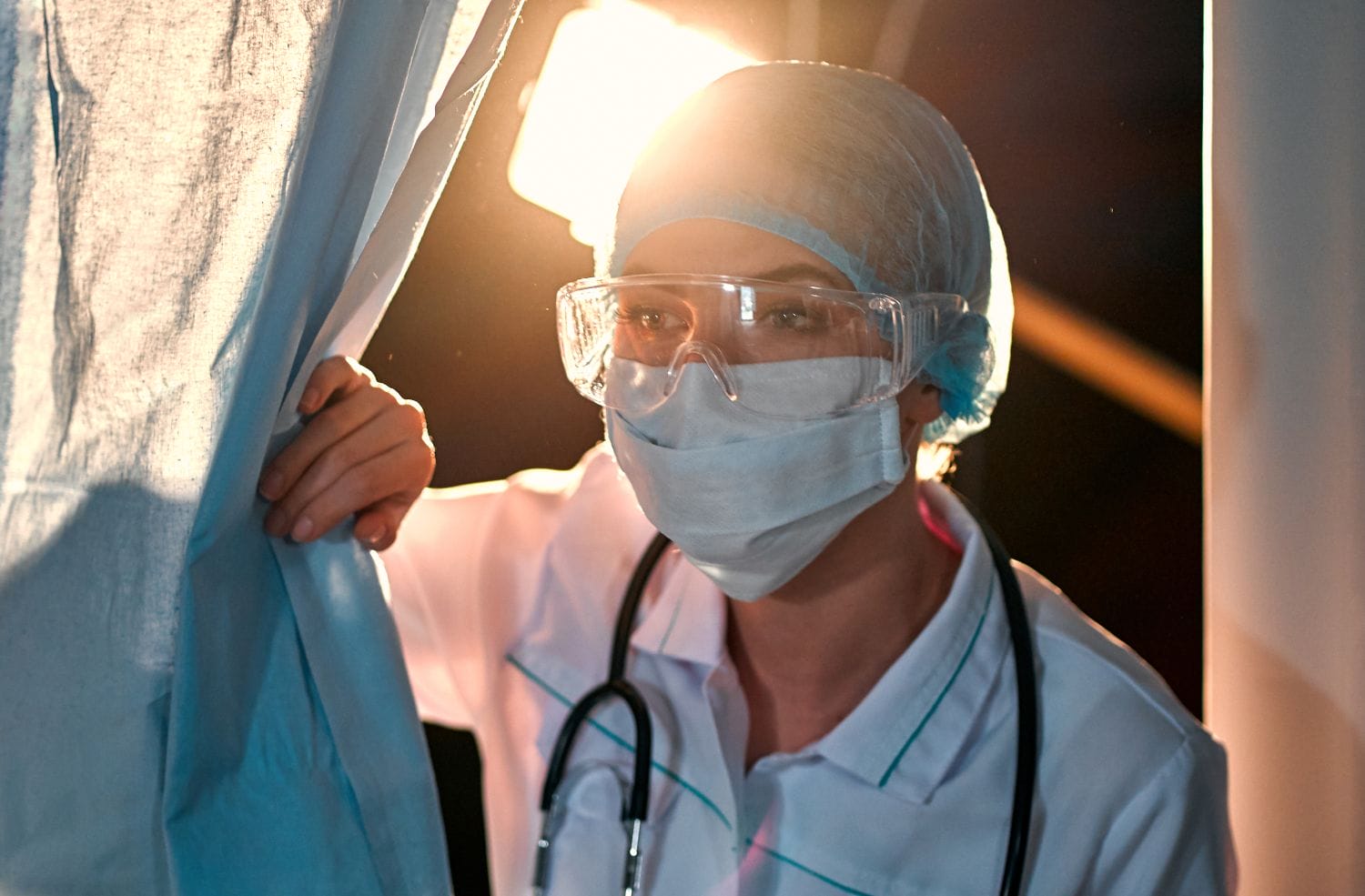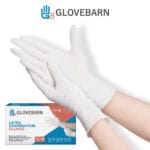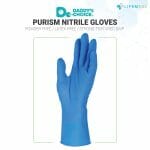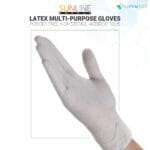What are Surgical Drapes?
Surgical drapes are sterile, protective coverings used during surgical procedures to maintain a sterile environment and protect patients from contamination. These drapes are typically made from synthetic or natural materials, such as polypropylene, polyester, or cotton, and are placed over the patient’s body, exposing only the surgical site. Surgical drapes act as a barrier between the surgical field and potential sources of contamination, such as dust, microorganisms, or bodily fluids, ensuring that the procedure is carried out in a controlled, clean environment.
Why Surgical Drapes Matter in the Enterprise Environment
In healthcare facilities, maintaining a sterile field during surgery is critical to preventing infections and ensuring patient safety. Surgical drapes are essential in reducing the risk of surgical site infections (SSIs) by creating a sterile barrier between the surgical area and surrounding surfaces or materials. Proper management of surgical drapes in healthcare settings is essential for ensuring compliance with industry regulations and maintaining high standards of patient care. Enterprise software solutions can assist in managing the supply, sterilization, and inventory of surgical drapes, helping hospitals and clinics maintain proper stock levels and ensure that only sterile drapes are used in procedures.
Benefits of Surgical Drapes
Surgical drapes provide a range of benefits that contribute to a sterile and controlled environment during medical procedures. Key benefits include:
- Infection Control: Surgical drapes act as a sterile barrier, preventing bacteria, dust, and other contaminants from reaching the surgical site, significantly reducing the risk of surgical site infections (SSIs).
- Fluid Absorption: Many surgical drapes are designed to absorb fluids, such as blood or saline, during surgery, helping to keep the surgical field clean and free from excess moisture.
- Sterility Assurance: Sterile surgical drapes are an essential part of infection prevention protocols in hospitals and surgery centers, ensuring that the operative area remains free of contaminants throughout the procedure.
- Customizable: Surgical drapes are available in various sizes and shapes to fit specific procedures and patient anatomy, with specialized drapes featuring openings or fenestrations tailored to expose the surgical site while covering the rest of the body.
- Enhanced Patient Safety: By maintaining a sterile environment and preventing contamination, surgical drapes help protect the patient from post-operative complications and infections.
Types of Surgical Drapes
There are several types of surgical drapes, each designed for specific types of procedures or surgical settings. Common types include:
- Fenestrated Drapes: These drapes feature an opening (fenestration) in the material that allows access to the surgical site while covering the rest of the patient’s body. They are commonly used in procedures such as abdominal or orthopedic surgeries.
- Non-Fenestrated Drapes: These are solid drapes without openings, used to cover larger areas of the patient’s body or equipment. They can be used in combination with other drapes to create a sterile field.
- U-Drapes: Shaped like the letter “U,” these drapes are commonly used for procedures that require access to the lower part of the body, such as gynecological or urological surgeries.
- Split Drapes: These drapes have a split or opening that allows them to be positioned around certain areas of the body, such as extremities, while maintaining a sterile environment.
- Incise Drapes: These are transparent, adhesive drapes applied directly to the patient’s skin over the surgical site. They adhere to the skin, providing a sterile barrier that allows the surgical team to operate without the need to reposition the drape.
The Role of Enterprise Software in Managing Surgical Drapes
In healthcare settings, managing surgical drapes efficiently is critical for maintaining proper sterilization practices and ensuring patient safety. Enterprise software solutions can assist hospitals and surgical centers in tracking the inventory of surgical drapes, monitoring their sterilization status, and ensuring they are ready for use during procedures. Software tools can also automate reordering processes, ensuring that healthcare facilities never run out of essential supplies like surgical drapes.
Moreover, enterprise software can track the usage of drapes for specific surgeries, helping to reduce waste, optimize costs, and ensure that the right type of drape is used for each procedure. Compliance with regulatory standards and infection control protocols can be closely monitored, with software generating reports to ensure that all sterile supplies, including surgical drapes, meet industry requirements.
Surgical Drapes vs. Other Sterile Barriers
While surgical drapes are essential for maintaining sterility in the operating room, they are part of a broader range of sterile barriers and equipment used to protect both patients and medical staff. Here’s how surgical drapes compare to other sterile barriers:
- Surgical Drapes: Provide a sterile covering for the patient’s body, isolating the surgical site and preventing contamination during procedures.
- Sterile Gowns: Worn by the surgical team, sterile gowns provide a barrier between the medical staff and the patient, reducing the risk of contamination from the medical team to the patient.
- Sterile Gloves: Protect the hands of the surgical team, providing a sterile barrier when handling instruments or coming into contact with the surgical site.
- Surgical Masks and Face Shields: Protect the surgical team from airborne particles and fluids during procedures while preventing the spread of contaminants to the sterile field.
Key Industries Using Surgical Drapes
Surgical drapes are essential in various medical and healthcare settings, including:
- Hospitals: Used in operating rooms for a wide range of surgical procedures, including orthopedic, cardiovascular, and abdominal surgeries.
- Ambulatory Surgery Centers: Surgical drapes are critical in outpatient surgical settings where infection prevention is paramount.
- Specialty Clinics: Clinics that specialize in specific types of surgeries, such as dermatology, plastic surgery, or gynecology, rely on surgical drapes to maintain sterile environments.
- Veterinary Clinics: Surgical drapes are also used in veterinary medicine to maintain cleanliness and sterility during procedures on animals.
Conclusion
Surgical drapes are a vital part of infection control practices in healthcare environments, providing a sterile barrier that protects patients during surgical procedures. By reducing the risk of contamination and surgical site infections, these drapes ensure that surgeries are performed in a clean and controlled environment. Enterprise software solutions can assist healthcare facilities in managing surgical drapes efficiently, ensuring proper inventory control, sterilization, and compliance with regulatory standards. In hospitals, clinics, and surgical centers, surgical drapes play a crucial role in promoting patient safety and maintaining the integrity of the sterile field.
« Back to Glossary Index

















